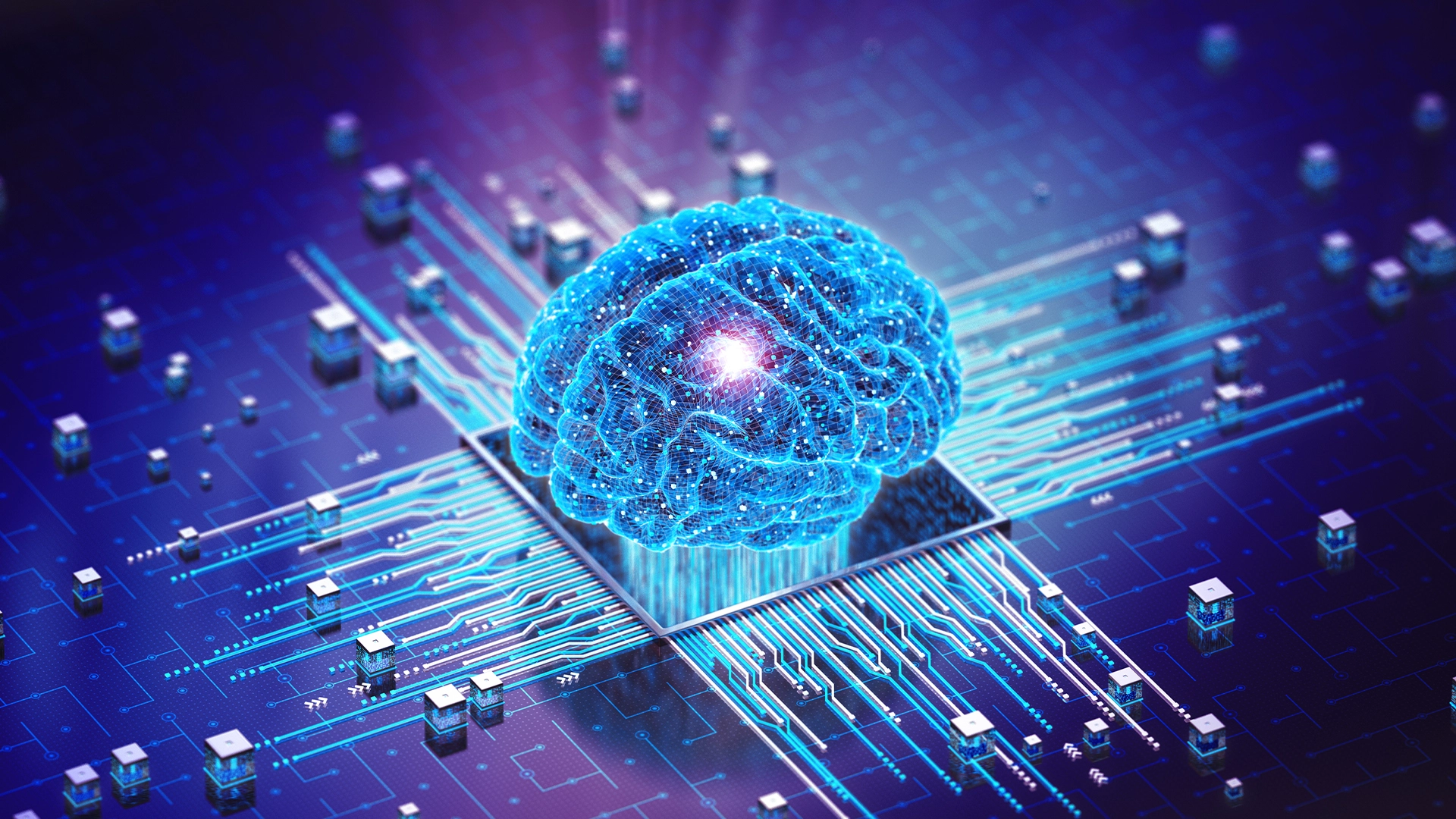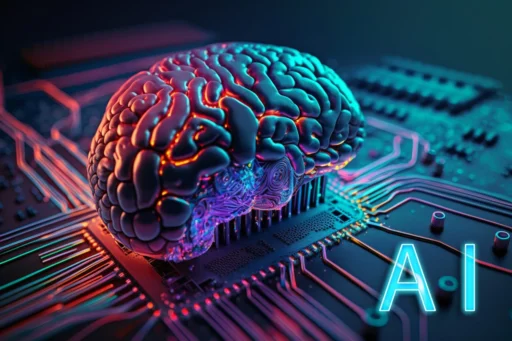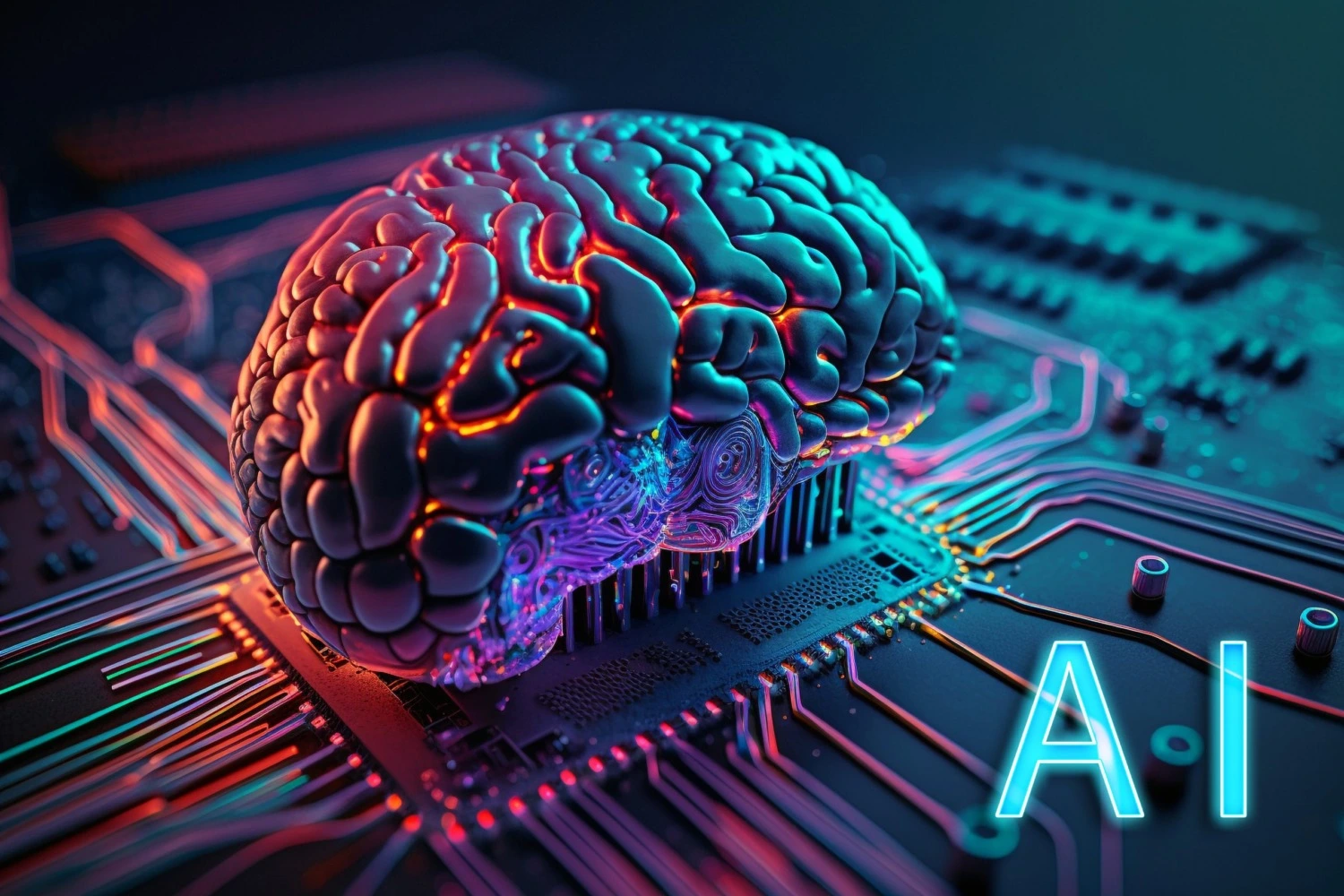Bigger Threat: AI and Neurotechnology, Not Meta’s Cuts:In recent months, Meta’s decision to reduce its fact-checking initiatives has caused ripples across the digital landscape. While this move has sparked widespread debate, the bigger threat: AI & neuro, not Meta’s cuts, demands our immediate attention. These advanced technologies, with their transformative potential, also pose significant risks that far outweigh the implications of Meta’s recent decisions. From AI-driven misinformation to the ethical dilemmas of neurotechnology, the challenges ahead are profound.
Understanding the Bigger Threat: AI & Neuro, Not Meta’s Cuts
Why AI and Neurotechnology Are Game-Changers
Artificial intelligence (AI) and neurotechnology represent the next frontiers in technological innovation. While AI focuses on creating systems that mimic human intelligence, neurotechnology enables direct interaction with the human brain. These tools hold immense promise in healthcare, communication, and entertainment, but their misuse could lead to dire consequences.
The Growing Influence of AI in Media
AI has revolutionized content creation, curation, and dissemination. Algorithms now dictate what we see on social media, shaping opinions and influencing behavior. However, this power also allows bad actors to manipulate narratives and spread misinformation at an unprecedented scale.
Neurotechnology: Bridging Minds and Machines
Neurotechnology, though still emerging, has begun to blur the lines between human cognition and machine intelligence. By decoding brain signals, these tools offer potential breakthroughs in medical science but also raise ethical questions about privacy and autonomy.

Meta’s Cuts: A Catalyst for a Larger Conversation
The Impact of Meta’s Decision
Meta’s reduction in factchecking resources has been criticized for weakening the fight against misinformation. However, this decision also highlights the need for a broader conversation about technological responsibility. While Meta’s actions are concerning, they pale in comparison to the potential misuse of AI and neurotechnology.
Shifting the Focus to Larger Issues
Meta’s cuts serve as a reminder that focusing solely on platform-specific policies is shortsighted. The real challenge lies in addressing the systemic risks posed by AI and neurotechnology across all digital platforms.
The Role of AI in Shaping Narratives
AI-Driven Misinformation
AI’s ability to generate realistic yet false content is a double-edged sword. Deepfakes, fake news articles, and AI-generated social media accounts are just a few examples of how this technology can be weaponized to distort truth.
Algorithmic Bias and Echo Chambers
AI algorithms often reinforce existing biases, creating echo chambers that polarize societies. By curating content based on user preferences, these systems can inadvertently amplify divisive narratives.
Transparency Challenges
A significant issue with AI-driven content moderation is the lack of transparency. Users rarely understand how algorithms make decisions, leading to distrust and skepticism.

Neurotechnology: A New Frontier of Risk
What Makes Neurotechnology Unique
Unlike AI, which operates externally, neurotechnology directly interfaces with the human brain. This capability introduces new ethical and practical challenges, particularly in terms of consent and privacy.
Potential for Misuse
- Surveillance: Neurotechnology could be used to monitor individuals’ thoughts and emotions, leading to unprecedented levels of surveillance.
- Manipulation: By influencing neural activity, these tools could alter perceptions and behaviors, raising concerns about free will.
- Inequality: Access to advanced neurotechnology may exacerbate societal inequalities, creating a divide between those who can afford enhancements and those who cannot.
Regulatory Gaps
Current legal frameworks are ill-equipped to address the complexities of neurotechnology. Without robust regulations, the risks of misuse remain high.
The Intersection of AI and Neurotechnology
Synergistic Potential
The integration of AI and neurotechnology could unlock revolutionary applications, from personalized healthcare to immersive virtual experiences. However, this synergy also magnifies the risks associated with each technology.
Dual-Use Dilemmas
Many applications of AI and neurotechnology are dual-use, meaning they can serve both beneficial and harmful purposes. For instance, tools designed to enhance learning could also be used for manipulation or control.
Implications for Media and Communication
In the realm of media, AI-neurotechnology integration could enable hyper-personalized content delivery. While this might enhance user experience, it also raises concerns about data exploitation and behavioral manipulation.

Addressing the Real Threat: Ethical and Practical Solutions
Strengthening Ethical Guidelines
Developing comprehensive ethical frameworks is crucial to ensure that AI and neurotechnology are used responsibly. These guidelines should prioritize:
- User Autonomy: Ensuring individuals have control over how these technologies interact with them.
- Transparency: Requiring developers to disclose how their systems work.
- Accountability: Holding companies and governments responsible for misuse.
Enhancing Regulatory Oversight
Governments and international organizations must collaborate to establish robust regulatory mechanisms. Key areas of focus should include:
- Data Protection: Safeguarding neural and digital data from exploitation.
- Consent Mechanisms: Ensuring informed consent for neurotechnology applications.
- Dual-Use Management: Preventing the misuse of dual-use technologies.
Promoting Public Awareness
Educating the public about the risks and benefits of AI and neurotechnology is essential. By fostering digital literacy, users can make informed decisions and resist manipulation.

The Bigger Picture: Innovation vs. Responsibility
Balancing Progress with Caution
While technological innovation drives societal progress, it must be balanced with responsibility. Reckless deployment of AI and neurotechnology could undermine trust, privacy, and equality.
Collaboration Among Stakeholders
Addressing these challenges requires a collective effort from:
- Tech Companies: Leading the way in ethical development.
- Policymakers: Crafting regulations that keep pace with innovation.
- Civil Society: Advocating for transparency and accountability.
The Role of Global Governance
Given the cross-border nature of these technologies, international cooperation is vital. Global agreements can help harmonize regulations and prevent misuse.
FAQs: Answering Key Questions
1. What is the bigger threat: AI & neuro, not Meta’s cuts?
The rapid advancement and potential misuse of AI and neurotechnology pose far greater risks to society than Meta’s decision to reduce factchecking efforts.
2. How does AI contribute to misinformation?
AI enables the creation of deepfakes, fake news, and other misleading content, amplifying misinformation on digital platforms.
3. What are the ethical concerns surrounding neurotechnology?
Key concerns include privacy invasion, manipulation of thoughts and behaviors, and unequal access to advanced tools.
4. Can AI and neurotechnology be effectively regulated?
Yes, through international collaboration, robust ethical guidelines, and strong regulatory frameworks, these technologies can be managed responsibly.
5. How can users protect themselves from AI-driven misinformation?
Users can enhance their digital literacy, verify sources, and critically evaluate content before sharing it.
6. What is the future of digital media in light of these challenges?
Digital media must adapt by embracing transparency, fostering ethical innovation, and empowering users with knowledge.

Source: The Conversation




